Corn
Values of corn, soybeans, and wheat fell today over worries of a weak China economy, ample production estimates on corn and soybeans, and heavy losses in the US stock market. China, the number one economy in the world just a few years ago has seen some major stalling in economic growth. This has led to devaluation in the Yuan (currency), a collapse in the country’s stock market, and reductions in commodity imports into the country. China has been working on increasing stocks of stored corn within the country for the past several years but the devaluation of the currency is increasing exports and having the opposite effect.
The Brazilian Real weakens as the US dollar strengthens and the gap between them is getting ever larger. The result is a decrease in commodity exports from the US and an increase in exports from South America. A line up can be seen of 82 vessels waiting at Brazilian ports for corn compared to 36 vessels last year. South American analysts estimate corn exports up by 200 million bushels from last year.
John Deere and Company has issued a report estimating sales down by 25% due to lower commodity prices. There is concern that land equity will soon collapse as values are 30% higher than they should be given the last two years’ commodity prices.
The Pro Farmer crop tour finished up today estimating US corn production at 13.323 billion bushel (USDA: 13.686 billion) with a yield of 164.3 bu/acre (USDA: 168.8 bu). There is no doubt that Nebraska has a decent corn crop but there is still considerable risk of an early freeze in late September/early October.
Weather forecast models are predicting a strong El Nino that will rival, if not exceed, the El Nino in 1997 that continued into the late spring of 1998. If this becomes reality the US may be looking at a 0.8 billion bushel increase in corn carryout in 2016 that will put even more pressure on prices.
Wheat
The wheat market is a bear. The USDA estimated record high world carryout numbers in the supply and demand report on August 12. This means that there is plenty of wheat in the world. Spring wheat harvest is exceptional with unconfirmed reports of 15% protein and 60+ test weight coming out of the Dakotas. US wheat is the last on anyone’s list when it comes to exports as both Russian, and the EU have cheaper wheat due to lower valued currencies. The only hope for wheat prices is if there is some weather scare in either soybeans or corn that causes a rally and pulls wheat up.

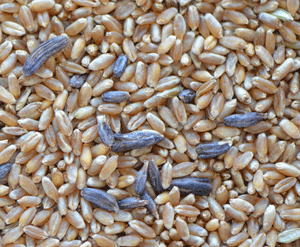
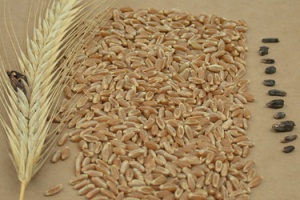
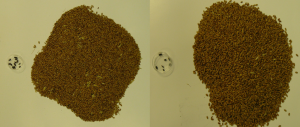
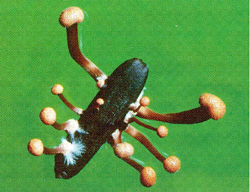
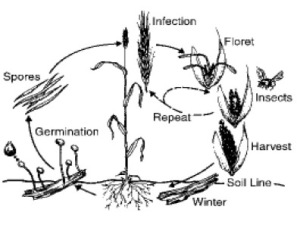
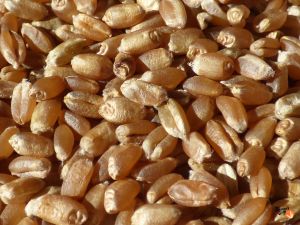
You must be logged in to post a comment.